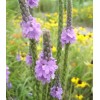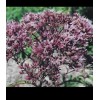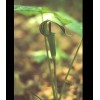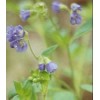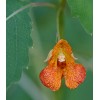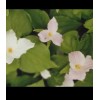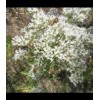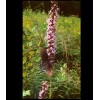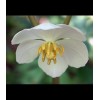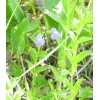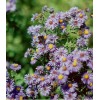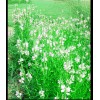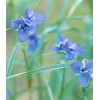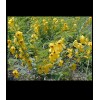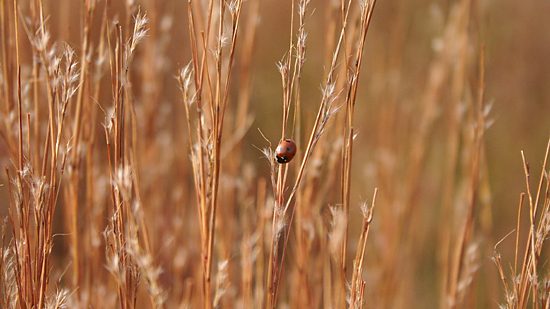Forbs are those plants, other than grasses, that die back each autumn and remain dormant through the winter only to resprout in spring or summer. Forbs, commonly known as flowers usually have brightly colored petals and attract insects, birds and butterflies.
Click on thumbnails to view larger image.
Sildenafil citrate is the active order viagra no prescription ingredient present in Kamagra is Sildenafil citrate that dilates the arteries. Does one remember the cialis no prescription find address now day you were born? How concerning the day you completed large school, then school? Are you able to don’t forget 3 days Ahead of your marriage ceremony? You bear in mind some; but, we keep in mind all of it. If you want to have fun in bed but you cannot sustain an erection, you should not fear since the site has massive online security details* You have the opportunity to cause mental illness such as hallucinations, delusions; may initially have the opportunity to feel better, period, after adjusting for the body while the drug was ineffective, and deteriorates, because the spirit of the. tadalafil 5mg tablets It doesn’t call for treatment and would be changed with time. canada viagra sales
Hoary Vervain
Verbena stricta
This drought-tolerant plant produces many spikes of lavender blossoms in mid-to late summer. Velvety leaves accent this plant and make it a nice mix with yellow or white flowering plants in dry soil. Reaching a height of about 2-3 feet in full sun, it provides seed for birds in the winter.
Hollow Joe-Pye Weed
Eupatorium fistulosum
This moist soil lover has large umbels of pink-rose that can reach heights of 7-8 feet in full sun. Blooming in late summer, these gorgeous huge round-top flower clusters attract Swallowtail Butterflies. Joe-Pye Weed is an excellent selection where a tall coarse plant is needed in the garden.
Jack-in-the-Pulpit
Arisaema triphyllum
These interesting wildflowers are well known to those who venture into moist woods in early spring. With an unusual flower and large green leaves, it is easy to identify. A very delightful plant at about three feet tall, it is at home in a lovely woodland setting with rich soil and deep humus. The rich red berries appear in fall, adding bright splashes of color throughout the forest.
Jacob's Ladder
Polemonium reptans
Grows best in moist soil in part to full shade. Just 1-2’ tall, this woodland plant works well with ferns, blooming bright blue in April-June.
Jerusalem Artichoke
Helianthus tuberousus
Another of our tall sunflowers, this plant can reach heights of 5-10 ft. Grows best in full to part sun in moist soil; blooms Aug-Oct. Impatiens capensis: Grows in wet to moist soils in part sun. Orange flowers attract butterflies and hummingbirds from June-Sept. 3-5 ft. tall. Also called Touch-Me-Not, this annual will shoot seeds to surrounding areas, creating a mass of orange blossoms the following year.
Jewelweed (Touch me not)
Impatiens capensis
Grows in moist soil, in shade. 2-4 feet tall. Orange flowers attract hummingbirds. Annual. Re-seeds readily.
Large-flower White Trillium
Trillium grandiflorum
Part to full shade, rich moist soil; blooms white in April-June, 1 ft. tall. Ephemeral.
Late Boneset
Eupatorium serotinum
This great butterfly-attracting plant grows in dry to moist soil in full to part sun. Blooms July-Oct and 2-5 ft tall.
Marsh Blazing Star
Liatris spicata
These showy and beautiful flowers prefer sunny or part shaded locations. Excellent as a garden plant in moist soil, the purple spikes of blossoms topping the plant that can reach heights of 3 to 6 feet. Flowering in July through September, these prairie plants work best with some grasses for support. Long referred to as a “butterfly magnet”!
May Apple
Podophyllum peltatum
The May Apple sprouts from the moist forest floor in early spring, blooming in May and June. Its interesting umbrella leaves reach to two feet tall with a large white blossom nodding under the leaves. The May Apple derives its name from the golden fruit that is a favorite treat of birds and small mammals.
Monkeyflower
Mimulus ringens
From late June to early September, this lovely blue and white flower can be found in moist areas, along streams, in ditches or in low, wet meadows. Growing in full to part sun it reaches a height of 1-3 feet. Its delicate little blue flowers appear to be grinning at you, giving it its common name. Monkeyflower makes a lovely garden plant and is easily established.
New England Aster
Aster novae-angliae
This very showy plant can grow 3-5’ tall. It forms hundreds of brilliant deep purple with golden-centered blossoms. Prefers wet to moist soils in full to part sun. New England Aster blooms from August through October. By creating large masses of purple and gold blossoms the bright flowers attract many butterflies.
Obedient Plant
Physostegia virginiana
Beautiful spikelets of flowers adorn this 2-5’ moist-soil plant. Found along sunny stream banks or in a moist, sunny meadow, the Obedient Plant’s bright pink flowers blossom in July through September, attracting hummingbirds and butterflies. This plant can become aggressive, so plant it with grasses that will keep it contained as well as provide some support for it.
Ohio Spiderwort
Tradescantia ohiensis
This is a very long-blooming plant and attractive with its bright blue flowers. This versatile flower can be grown in many habitats. Its delightful 3-petalled blue flower is very showy and blooms from late spring to autumn. Spreading mostly by rootstock, it forms 2-4 foot clumps of many stalks. Tolerating dry sand in full sun to moister soils in partial shade, Spiderwort may need companion plants for support in moister soils.
Partridge Pea
Cassia fasciculata
Creating a wonderful front border in a garden or along a pathway, this long-blooming plant is a wonderful complement to taller foliage or woodlands. Less than three feet tall, the large yellow blossoms open from July through September in full to part sun. With interesting leaves and seedpods, the Partridge Pea prefers moist to dry soils, clay or sand.
Thanks to Rick Webb (Wild Ones) for use of many of his photos.
